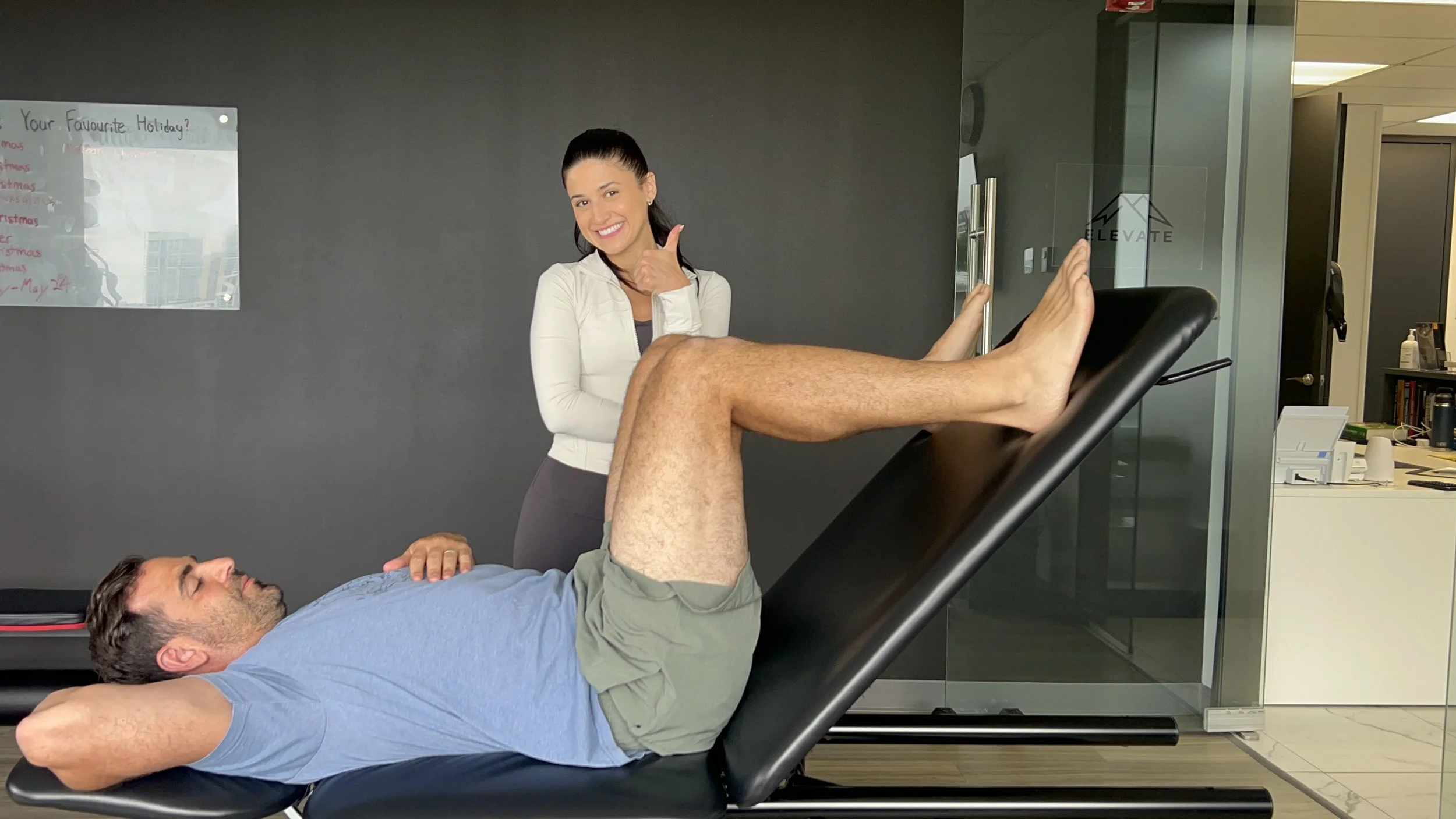The Importance of Core Strength and Stability in Injury Prevention
Let’s talk about something that often gets overlooked but plays a huge role in how you move, train, and perform, your core strength and stability. Whether you're hitting the gym, training for a marathon, or enjoying weekend activities, understanding the role of your core can make a significant difference in preventing injuries. Let’s explore why a strong core is essential for everyone!
What Is Core Strength?
Core strength refers to the ability of your abdominal, lower back, hips, and pelvis to work together effectively. Your core muscles stabilize your body and support movements, acting as a foundation for nearly all physical activities.
Key Muscles Involved:
Rectus Abdominis: Often referred to as the “six-pack,” this muscle helps flex the spine.
Transverse Abdominis: The deepest core muscle, essential for maintaining internal abdominal pressure and stability.
Obliques: Located on the sides of your abdomen, these muscles aid in twisting and bending movements.
Erector Spinae: A group of muscles that support the spine and aid in extending the back.
Why Is Core Stability Important?
Core stability is not just about having defined abs; it’s about ensuring your body can perform movements efficiently and safely. Here’s why core stability is a game changer for injury prevention:
1. Improved Posture
A strong core helps maintain proper alignment of your spine, reducing the risk of postural issues that can lead to injuries. This will help improve everyday movements, complex exercises, and everything in-between
Low back pain tends to stem from poor posture that’s rooted at a weak core. This posture is most commonly known as lumbar lordosis and anterior pelvic tilt, which puts pressure on the lumbar spine from tight low back muscles
2. Enhanced Balance and Coordination
Core stability plays a key role in balance, allowing for better control during dynamic movements and reducing the likelihood of falls or missteps. A strong, engaged core helps your body respond to changes in direction, uneven surfaces, or unexpected forces more efficiently. This stability not only improves athletic performance but also supports injury prevention in everyday activities.
We use our core for almost all movements without even knowing it. Have you ever done a squat? How about rolled out of bed in the morning? Gone for a walk recently? Our core is always active no matter the movement.
3. Injury Prevention
Many injuries, particularly in the lower back, hips, and knees, can be traced back to a weak core. A stable core supports proper movement patterns, minimizing stress on joints. This also goes back to postural alignment, since bad posture can lead to back injuries.
4. Power Generation
A strong core acts as a solid base from which to generate and transfer power, whether you’re sprinting, jumping, or lifting weights. This helps you perform better while reducing the risk of strain.
Without a strong and stable core, we are unable to efficiently transfer energy between our upper and lower extremities, leading to decreased function and performance.
How to Build Core Strength
Now that we understand the importance of core strength and stability, let’s look at some effective exercises to enhance your core:
Core Strengthening Exercises:
Planks: An excellent for overall core stability. Start with a standard plank, and gradually try side planks and variations for added challenge.
Start by lying face down, then lift your body onto your forearms and toes, keeping elbows under shoulders and your body in a straight line from head to heels. Engage your core and avoid letting your hips sag or rise too high. Hold this position while breathing steadily.
Glute Bridges: Focus on engaging your glutes and core to lift your hips off the ground. This exercise is fantastic for lower back stability.
Lie on your back with your knees bent and feet flat on the floor, hip-width apart. Press through your heels to lift your hips off the ground, squeezing your glutes at the top. Lower back down slowly without letting your back arch.
Dead Bugs: A great way to work on coordination and stability. Lying on your back, extend opposite arms and legs while keeping your core engaged.
Lie on your back with your arms extended toward the ceiling and knees bent at 90 degrees. Slowly lower your right arm and left leg toward the floor while keeping your core tight and your lower back pressed into the ground. Return to the starting position and alternate sides with control.
Russian Twists: This exercise helps with rotational core strength, essential for many sports and daily activities.
Sit on the floor with your knees bent and feet slightly lifted (or planted for more stability). Lean back slightly to engage your core, clasp your hands, and rotate your torso from side to side, tapping the floor beside your hip each time. Keep your movement slow and controlled to avoid using momentum.
Time to Give Your Core the Credit It Deserves
A strong and stable core is the backbone of injury prevention and athletic performance. By prioritizing core strength in your training regimen, you’ll not only enhance your physical capabilities but also protect your body from potential injuries.
If you're recovering from an injury or looking for a personalized approach to strengthen your core, our team is here to help! Contact us today to schedule a consultation and start your journey to a stronger, more stable you.
📍 710 Dorval Dr Unit 520, Oakville, ON
📞 (289) 835-2949
💻 https://www.elevaterehabilitation.com/


